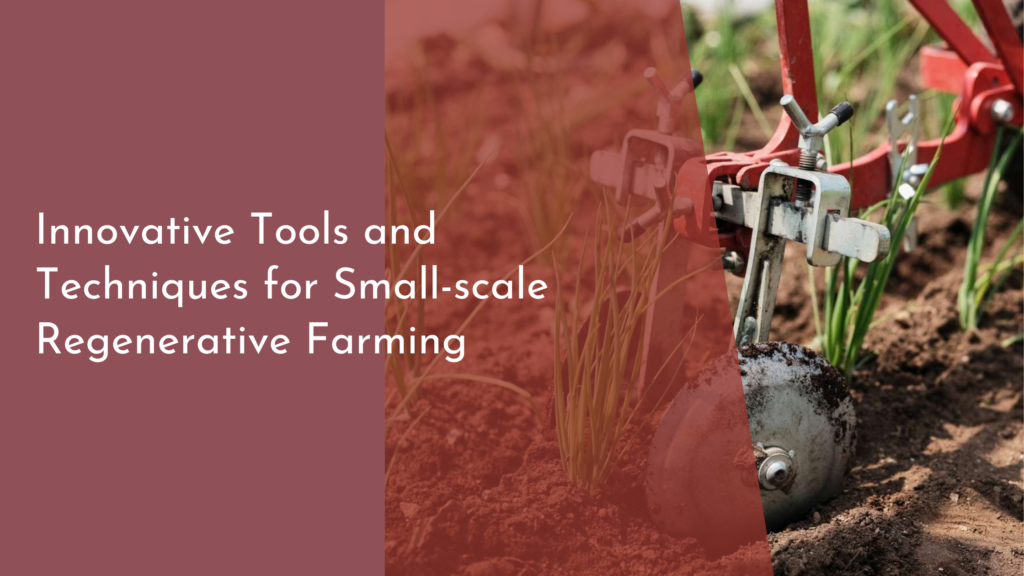The Role of Technology in Advancing Green Infrastructure
As the global community becomes increasingly aware of the environmental challenges that lie ahead, the role of technology in shaping a sustainable future has never been more critical. Green infrastructure, which emphasizes the integration of natural and built environments, is at the forefront of this effort. From urban parks to green roofs, these designs not only beautify urban landscapes but also improve biodiversity, air quality, and overall well-being. This article explores how innovative technologies are revolutionizing green infrastructure, enhancing sustainability, and contributing to a healthier ecology.
Innovative Technologies Transforming Green Spaces
In recent years, a wave of innovative technologies has begun to transform traditional green spaces into dynamic, interactive environments. One of the most exciting advancements is the development of smart irrigation systems, which use sensors and weather data to optimize water usage. These systems ensure gardens and parks receive the precise amount of water they need, significantly reducing waste and promoting healthier plant growth. Coupled with drones capable of assessing plant health and soil conditions, smart irrigation is a game-changer for urban landscape management.
Another groundbreaking technology making waves is the use of vertical gardens and living walls. These bioactive installations are not only visually striking but also help reduce urban heat, improve air quality, and increase biodiversity. Innovations in materials and construction methods have made these vertical ecosystems more accessible and sustainable. By incorporating self-watering systems and automated nutrient delivery, vertical gardens now offer an efficient and low-maintenance solution for enhancing urban spaces.
Enhancing Sustainability with Smart Infrastructure
Beyond transforming green spaces, technology is playing a pivotal role in enhancing the sustainability of urban infrastructure. Smart grids are one such innovation, improving the efficiency of energy distribution and consumption. These grids integrate renewable energy sources, such as solar and wind, seamlessly into the power supply, reducing reliance on fossil fuels and lowering carbon emissions. By using real-time data to match energy supply with demand, smart grids optimize resource use while minimizing waste.
Green roofs, too, are benefiting from technological advancements. These living rooftops, once considered a novelty, are now equipped with sophisticated monitoring systems that track temperature, moisture levels, and plant health. By analyzing this data, building managers can make informed decisions regarding maintenance and resource allocation. This not only extends the lifespan of green roofs but also enhances their role in insulating buildings, reducing energy costs, and managing stormwater runoff.
The Impact of Data-Driven Solutions on Ecology
Data-driven solutions are reshaping our understanding of urban ecology by providing insights that were previously unattainable. The proliferation of IoT devices in cities has enabled the collection of vast amounts of environmental data, which can be analyzed to track trends and inform policy decisions. For instance, air quality sensors placed throughout urban areas can identify pollution hotspots and help authorities implement targeted interventions to improve air quality.
Additionally, data analytics are crucial in monitoring biodiversity within urban ecosystems. By using remote sensing technology, scientists can study changes in vegetation patterns and wildlife populations over time. This information is invaluable for conservation efforts, enabling targeted actions to protect endangered species and restore natural habitats. Through the integration of data-driven solutions, green infrastructure can be managed more effectively, ensuring the resilience and health of our urban environments.
As we look towards a future where cities must adapt to the demands of a growing population while minimizing environmental impact, the intersection of technology and green infrastructure offers a promising path forward. By harnessing the power of innovative technologies, we can transform urban spaces into vibrant, sustainable environments that support both human and ecological health. The ongoing collaboration between technologists, urban planners, and environmentalists is paving the way for a greener future, where technology not only enhances our lives but also safeguards the planet for generations to come.

